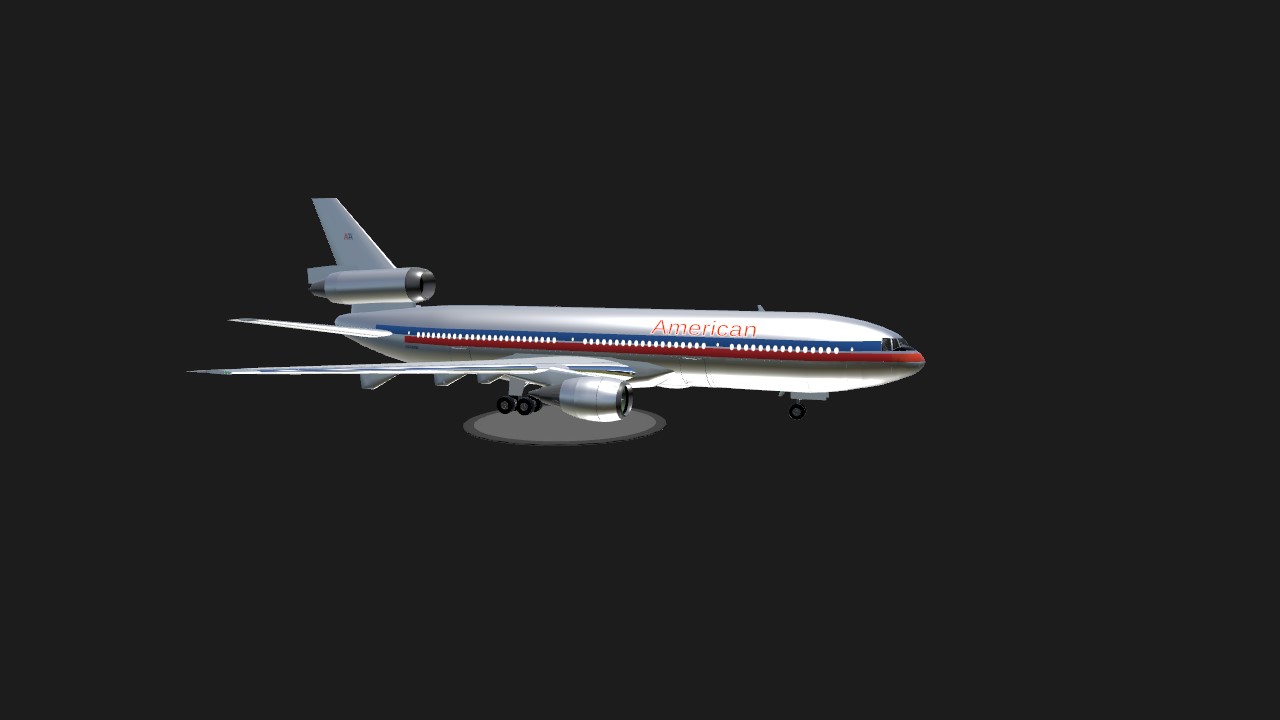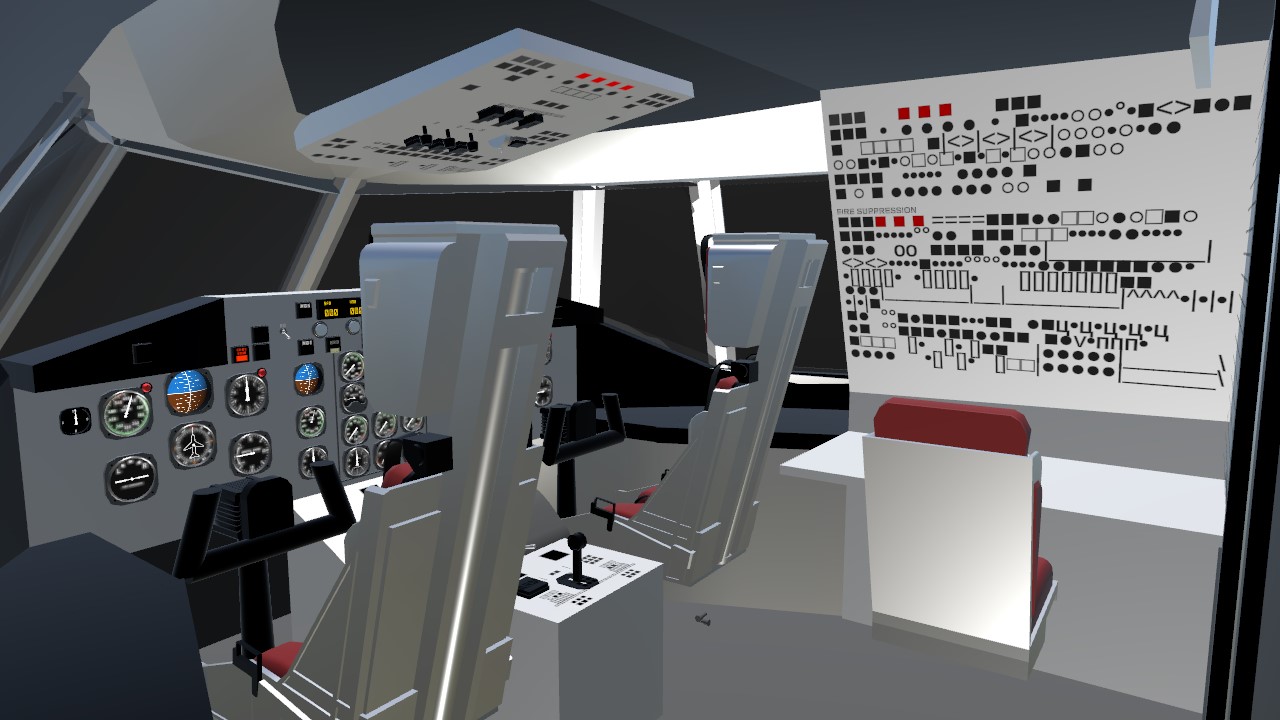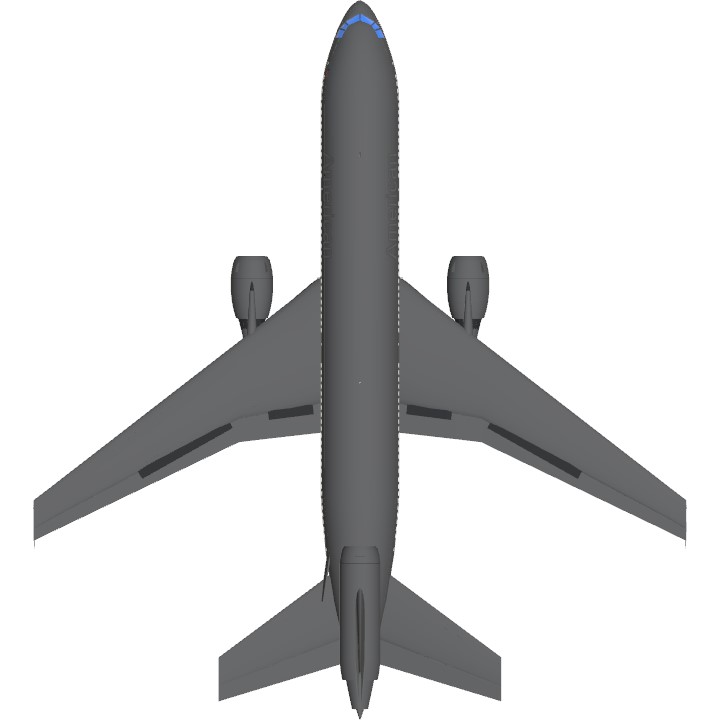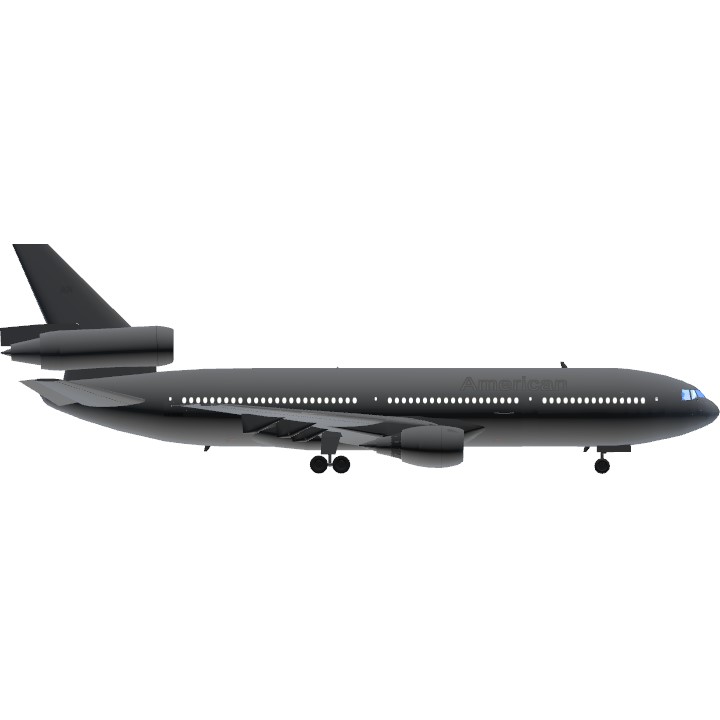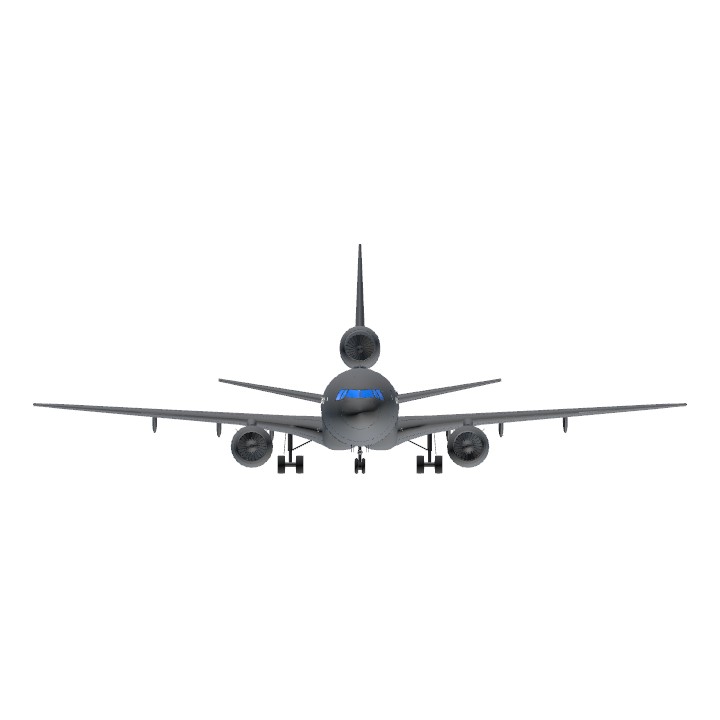The McDonnell Douglas DC-10 is an American trijet wide-body aircraft manufactured by McDonnell Douglas. The DC-10 was intended to succeed the DC-8 for long-range flights. It first flew on August 29, 1970; it was introduced on August 5, 1971, by American Airlines.
The trijet has two turbofans on underwing pylons and a third one at the base of the vertical stabilizer. The twin-aisle layout has a typical seating for 270 in two classes. The initial DC-10-10 had a 3,500-nautical-mile [nmi] (6,500 km; 4,000 mi) range for transcontinental flights. The DC-10-15 had more powerful engines for hot and high airports. The DC-10-30 and –40 models (with a third main landing gear leg to support higher weights) each had intercontinental ranges of up to 5,200 nmi (9,600 km; 6,000 mi). The KC-10 Extender (based on the DC-10-30) is a tanker aircraft operated primarily by the United States Air Force.
Early operations of the DC-10 were afflicted by its poor safety record, which was partially attributable to a design flaw in the original cargo doors that caused multiple incidents, including fatalities. Most notably the crash of Turkish Airlines Flight 981 in Paris in 1974, the deadliest crash in aviation history up to that time. Following the American Airlines Flight 191 crash (deadliest aviation accident in US history), the US Federal Aviation Administration (FAA) temporarily banned all DC-10s from U.S. airspace in June 1979. In August 1983, McDonnell Douglas announced that production would end due to a lack of orders.
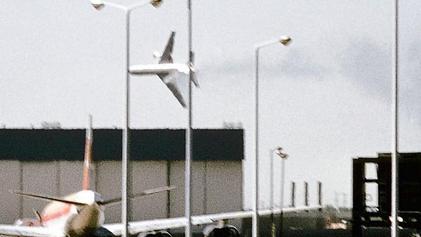
THE CRASH:
American Airlines Flight 191 was a regularly scheduled domestic passenger flight from O'Hare International Airport in Chicago to Los Angeles International Airport. On the afternoon of May 25, 1979, the McDonnell Douglas DC-10 operating this flight was taking off from runway 32R at O'Hare International when its left engine detached from the wing, causing a loss of control, and the aircraft crashed less than one mile (1.6 km) from the end of the runway. All 258 passengers and 13 crew on board were killed, along with two people on the ground. With 273 fatalities, it is the deadliest aviation accident to have occurred in the United States.
Specifications
General Characteristics
- Predecessor Douglas DC-10-30 Malaysian Airline System MAS
- Created On iOS
- Wingspan 164.6ft (50.2m)
- Length 181.4ft (55.3m)
- Height 58.5ft (17.8m)
- Empty Weight 279,773lbs (126,903kg)
- Loaded Weight 455,893lbs (206,789kg)
Performance
- Power/Weight Ratio 1.069
- Wing Loading 94.8lbs/ft2 (462.9kg/m2)
- Wing Area 4,808.8ft2 (446.8m2)
- Drag Points 20992
Parts
- Number of Parts 669
- Control Surfaces 11
- Performance Cost 4,409

